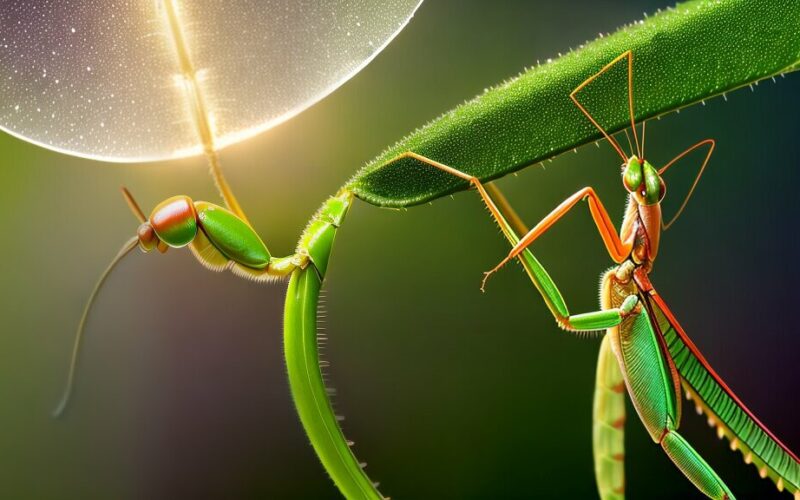If you’re looking for a natural and eco-friendly way to control pests in your garden, praying mantises are an excellent addition. These fascinating creatures are beneficial predators that can help keep harmful insects under control while promoting a healthy garden ecosystem.
Read on to discover the many benefits of having praying mantises in your garden.
Key Takeaways:
- Praying mantises are natural pest controllers that can help keep harmful insects under control
- They promote a healthy garden ecosystem and reduce the need for chemical pesticides
- Attracting praying mantises to your garden is easy with a few simple tips and suggestions
- Praying mantis conservation and ethical considerations are important for responsible garden management
The Role of Praying Mantis as Natural Pest Control
Did you know that praying mantises are effective predators of garden pests? As natural pest control, they can assist in maintaining a balanced ecosystem in your garden without the need for harmful chemical pesticides.
Praying mantises are known to be beneficial predators because of their feeding habits. They are known to feed on a variety of common garden pests, including flies, moths, beetles, and even other insects such as spiders. They are also capable of catching larger prey such as small rodents and lizards.
The praying mantis has a unique hunting technique. With their elongated bodies and large eyes, they are able to detect movement from a distance. Once they spot their prey, they will grab it with their front legs, which are equipped with sharp spines that help them to hold their prey in place. They will then use their powerful jaws to bite their prey, eventually consuming it whole.
Praying mantises are considered to be important biological controls in the garden. They can help to reduce populations of harmful insects without disrupting the balance of the ecosystem. Their presence can also encourage biodiversity and sustainability, as they contribute to the overall health and harmony of your garden.
If you’re looking for an eco-friendly, natural way to control pests in your garden, consider attracting praying mantises to your backyard.
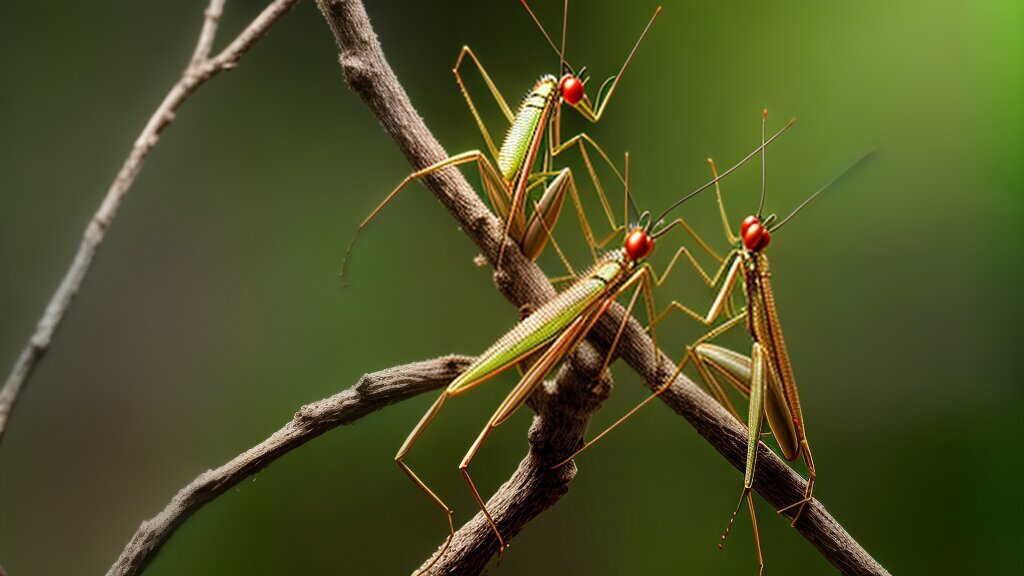
Praying Mantis Facts: Fascinating Creatures in the Garden
Praying mantises are intriguing creatures that can provide numerous benefits to your garden. These insects are known for their unique physical characteristics and hunting techniques, making them both fascinating and effective predators of garden pests.
Did you know that praying mantises have elongated bodies, large eyes, and powerful forelegs adapted for catching prey? These features, coupled with their ability to blend seamlessly into their surroundings, make them formidable predators. In fact, mantises are capable of capturing insects much larger than themselves, such as grasshoppers and crickets.
Praying mantises are also known for their patient hunting style. They will remain motionless, waiting for their prey to come within striking distance. Once in range, they pounce with lightning-fast reflexes, using their sharp forelegs to grab and hold onto their victim.
But praying mantises are not just impressive hunters. These insects are also an important part of the garden ecosystem, as they contribute to the control of harmful insects and promote biodiversity. Along with other beneficial and predatory insects, praying mantises can help maintain a healthy and balanced garden.
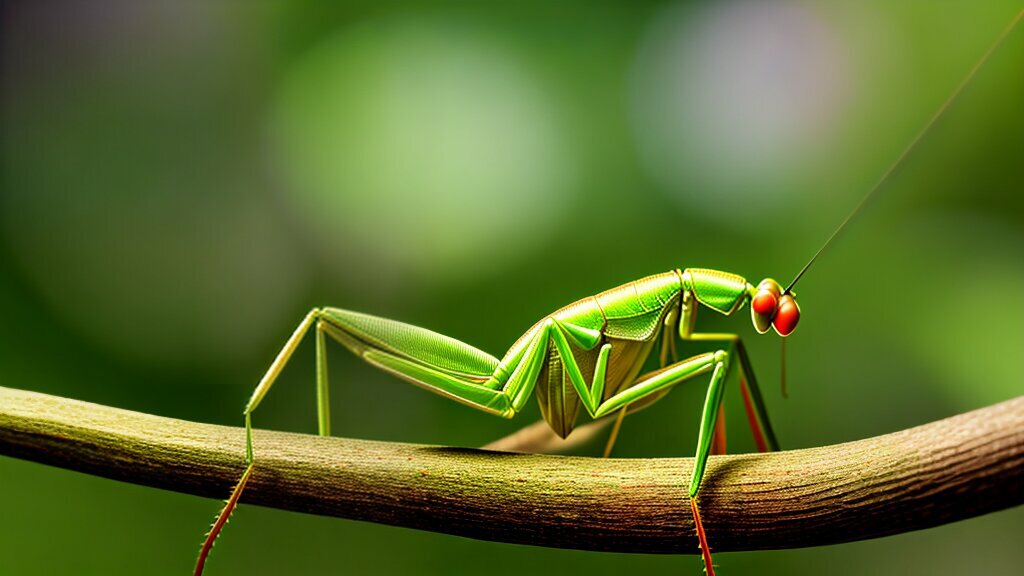
With their fascinating physical and behavioral characteristics, praying mantises are a welcome addition to any garden. Take the time to observe these creatures in action and appreciate the valuable role they play in your ecosystem.
Praying Mantis and Garden Pest Control
If you’re looking for a natural, eco-friendly way to control pests in your garden, praying mantises are a great option. These fascinating predators are skilled hunters with a voracious appetite for harmful insects. In fact, a single praying mantis can eat hundreds of garden pests in a season!
Unlike chemical pesticides, which can be damaging to the environment and other beneficial insects, praying mantises are a safe and sustainable pest control solution. They are also more cost-effective in the long run, as they don’t require regular application or maintenance.
Praying Mantis as Biological Control
Praying mantises act as biological control agents because they prey on a variety of common garden pests, such as aphids, flies, and caterpillars. They are also effective at controlling larger pests like grasshoppers and crickets, which can cause significant damage to crops.
These beneficial predators use their strong front legs to capture their prey, using their sharp mandibles to deliver a lethal bite. They are particularly effective at hunting flying insects, which they can catch mid-air with lightning-fast reflexes.
Additionally, praying mantises are selective eaters and will not harm beneficial insects such as bees and butterflies. They also do not damage plants, making them a safe and effective pest control option for your garden.
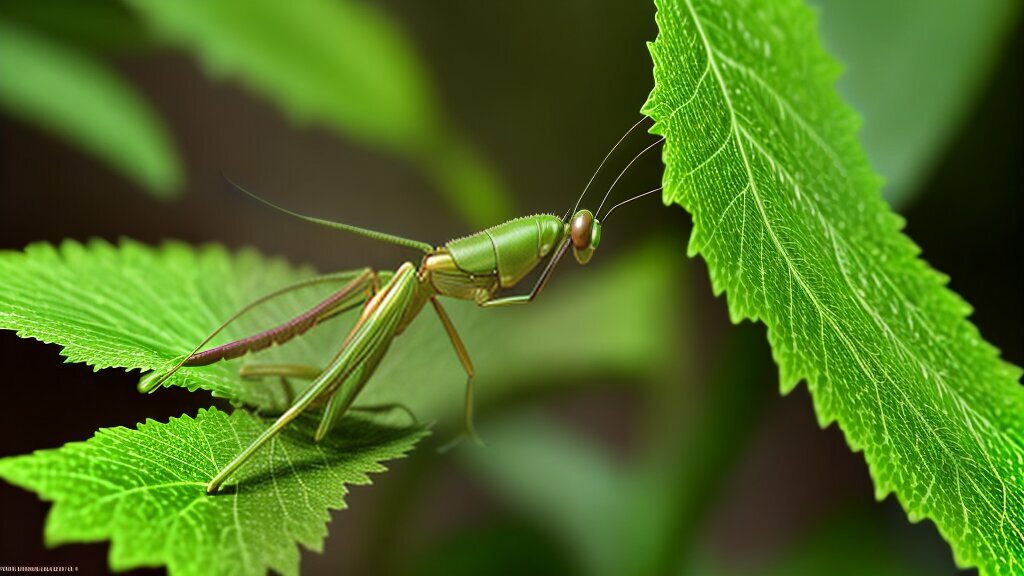
Attracting Praying Mantises to Your Garden
If you want to harness the benefits of praying mantises in your garden, you can take steps to attract them to the area. Creating and maintaining a suitable habitat is crucial to keep these beneficial insects happy and thriving.
Create a Suitable Habitat
Praying mantises require a comfortable environment with shelter, humidity, and warmth. You can provide a suitable habitat by planting bushes, shrubs, and trees. These plants provide shelter, which the mantises can use for hiding, basking, and laying eggs.
| Plants that Attract Praying Mantises: | Angelica | Fennel | Goldenrod |
|---|---|---|---|
| Marigold | Yarrow | Salvia |
Provide Food Sources
Praying mantises are predatory insects that feed on other insects, such as aphids, flies, and moths. You can attract prey insects by planting flowers, such as marigolds and cosmos, and vegetables, such as tomatoes, peas, and beans. These plants will attract beneficial insects, which in turn attract praying mantises.
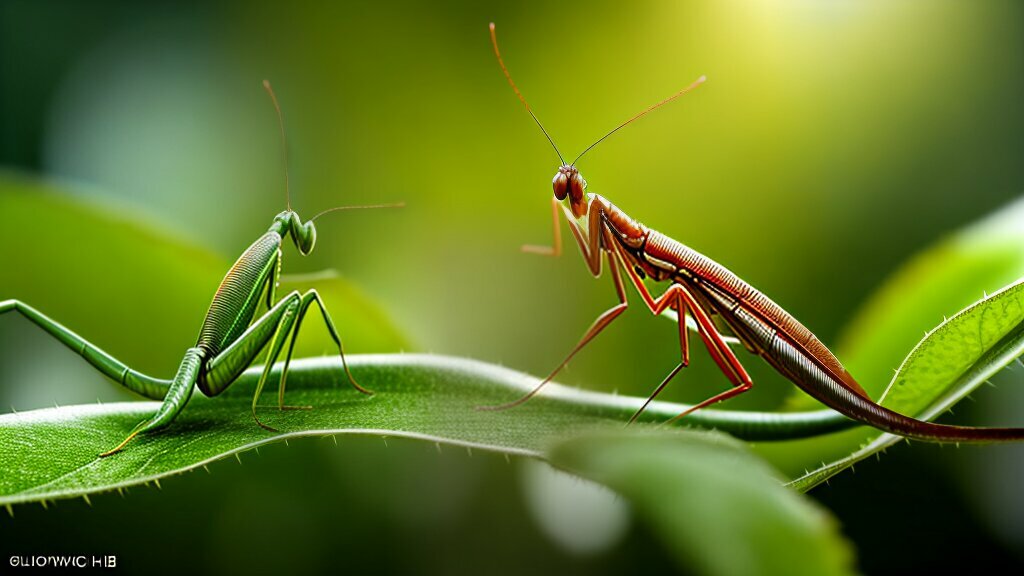
Other Factors to Consider
It’s important to avoid using harmful pesticides in your garden, as these can harm praying mantises and other beneficial insects. Praying mantises are also sensitive to environmental factors such as temperature, moisture levels, and wind. Creating a diverse garden environment that mimics natural ecosystems can help attract and support praying mantises.
By taking these steps to attract praying mantises to your garden, you can benefit from their natural pest control and help promote a diverse and sustainable ecosystem in your backyard.
Praying Mantis and the Garden Ecosystem
Praying mantises play a significant role in maintaining a healthy and balanced garden ecosystem. As natural predators, they contribute to controlling populations of harmful insects, including common garden pests, without the need for harmful chemical pesticides. This, in turn, promotes biodiversity and sustainability in your garden.
Did you know that praying mantises also serve as an indicator of a healthy garden ecosystem? Their presence signals a thriving population of beneficial insects and a well-maintained habitat. This makes attracting and maintaining a praying mantis population a vital component of responsible garden stewardship.
Creating a suitable habitat is key to attracting and retaining praying mantises in your garden. Providing a range of plant species and natural features, such as rocks and logs, can create an environment that supports their hunting and nesting behaviors.
Remember to avoid using harmful pesticides and chemicals in your garden, as this can disrupt the delicate balance of the ecosystem and harm beneficial insects like praying mantises. By taking a holistic approach to garden care, you can ensure the continued presence and positive impact of these fascinating creatures in your garden.
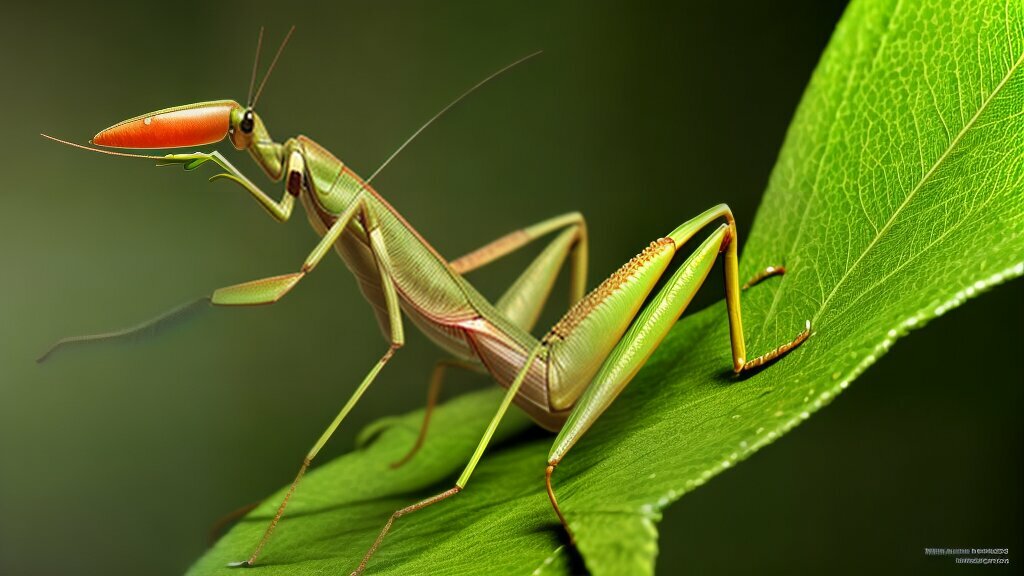
Praying Mantis Conservation and Ethical Considerations
While praying mantises can be a valuable asset to your garden, it is important to approach their presence with responsibility and ethics in mind. As with any living creature, it is important to respect their natural behavior and habitat, while also promoting conservation efforts.
One way to contribute to praying mantis conservation is to avoid the use of chemical pesticides in your garden. These can harm beneficial insects like praying mantises, and disrupt the delicate balance of your garden ecosystem. Instead, consider using natural pest control methods, such as companion planting or physical barriers.
It is also important to be mindful of the way you interact with praying mantises in your garden. Avoid handling them or disturbing their habitat, as this can cause stress and potentially harm them. Additionally, if you find a praying mantis indoors, try to release it back outside instead of keeping it as a pet.
Praying mantises are fascinating creatures that can greatly benefit your garden ecosystem. By approaching their presence with responsibility and ethics, you can ensure that they continue to thrive and contribute to the health of your garden for years to come.
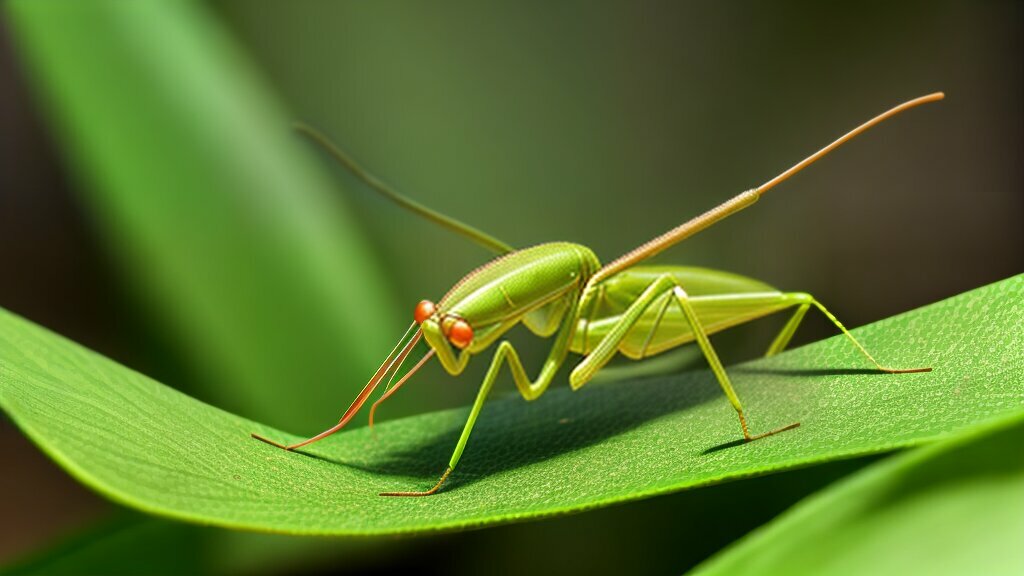
Conclusion
Now that you know the many benefits of having praying mantises in your garden, it’s time to take action to attract these fascinating creatures. Not only do they contribute to natural pest control, but they also promote biodiversity and sustainability. Remember to create a suitable habitat for them and avoid using harmful pesticides to ensure their continued presence in your garden. By doing so, you can enjoy a thriving garden ecosystem and the company of these beneficial insects.

